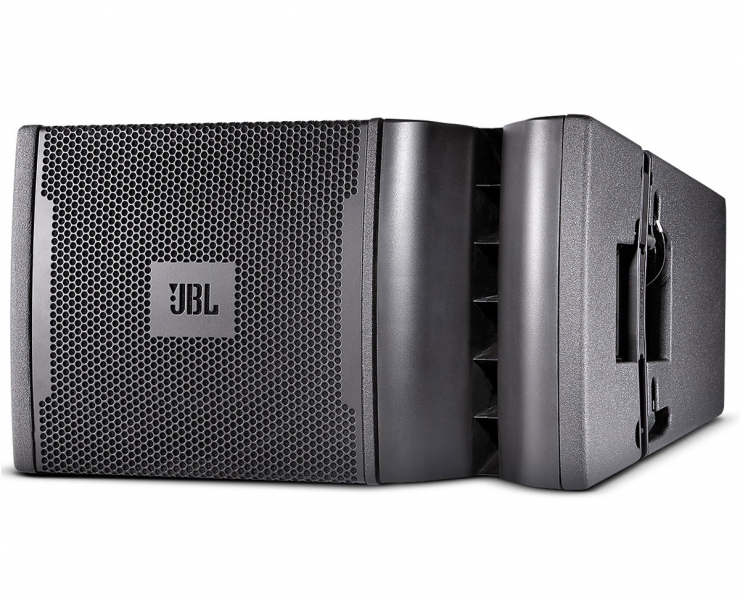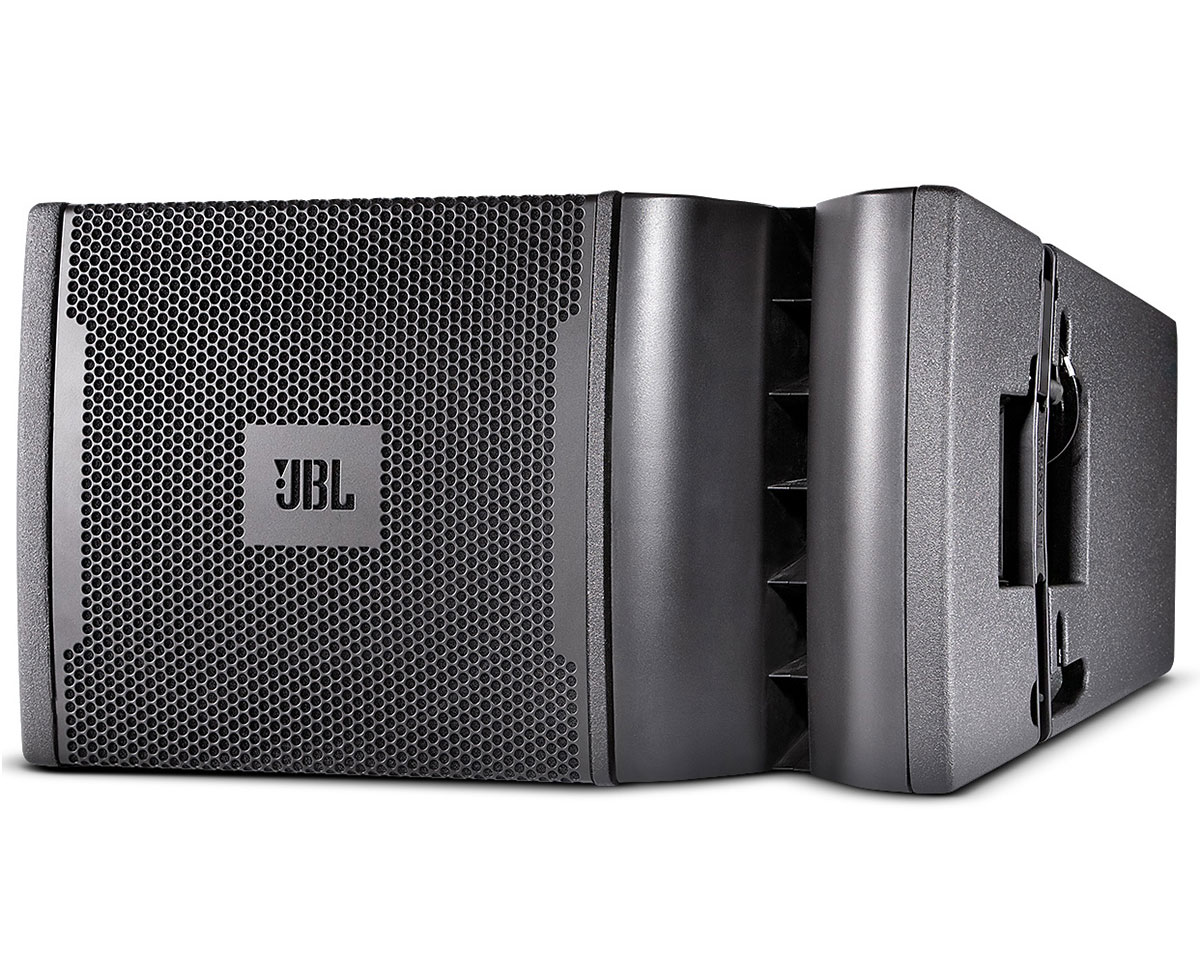What is sound array?

|
Sound arrays have been a buzzword in the audio world for some time now, but for those who are not audio engineers, it can be a bit of a mystery. What exactly is a sound array, and how does it work? In simple terms, a sound array is a collection of speakers placed in a specific arrangement to produce a desired sound field. But there's much more to it than that. Sound arrays come in various shapes and sizes, and each array design has its own strengths and weaknesses. In this article, we will unpack the mystery of sound arrays and delve into everything you need to know. Whether you're a sound engineer looking to optimize your system or a curious audiophile, this article will break down the basics of sound arrays and give you a better understanding of this fascinating technology. So, let's dive in and explore the world of sound arrays!
What is Sound Array and how does it work?A sound array is a group of speakers arranged in a specific pattern to produce a desired sound field. The speakers in an array can be of different sizes and types, depending on the application and the desired outcome. The arrangement of the speakers in the array can be linear, circular, or any other shape that best suits the application. The sound produced by an array is based on the principle of constructive and destructive interference. When multiple speakers are playing the same sound at the same time, the sound waves combine and either reinforce or cancel each other out, depending on their phase relationship. By controlling the placement and phase relationship of the speakers in the array, it is possible to create a sound field that is optimized for the listening environment. Sound arrays are used in a variety of applications, including live sound reinforcement, home theater systems, and immersive audio experiences. The use of sound arrays can significantly enhance the audio experience by providing a more immersive and realistic sound field. History of Sound ArrayThe concept of sound arrays dates back to the early days of audio technology. The first sound arrays were used in theaters and auditoriums to provide a more even distribution of sound throughout the space. These early arrays were typically made up of a few large horn speakers that were placed strategically around the room. In the 1950s and 60s, advances in speaker technology led to the development of more sophisticated sound arrays. One of the pioneers of modern sound array design was Harry Olson, a researcher at RCA Laboratories. Olson's work led to the development of the "line array" which is still widely used in live sound reinforcement today. The advent of digital signal processing in the 1980s and 90s further advanced the capabilities of sound arrays. With the ability to control the amplitude and phase of individual speakers in real-time, it became possible to create complex sound fields that were optimized for the listening environment. |
 |
Sound Array vs other audio technologiesSound arrays are often compared to other audio technologies, such as traditional stereo systems and surround sound setups. While these technologies can provide a high-quality audio experience, they are limited in their ability to create a truly immersive sound field. A traditional stereo system relies on two speakers placed in front of the listener to create a stereo image. While this can be effective for certain types of music, it does not provide a sense of depth or spatial awareness. Surround sound systems, on the other hand, use multiple speakers placed around the listener to create a more immersive sound field. However, these systems are limited in their ability to create a truly seamless sound field, as there are often gaps between the speakers where sound can be lost or distorted. Sound arrays offer a more seamless and immersive audio experience by creating a consistent sound field that is optimized for the listening environment. By controlling the phase and placement of the speakers, it is possible to create a sound field that is virtually indistinguishable from a live performance. How Sound Array enhances audio experiencesSound arrays are used in a variety of applications to enhance the audio experience. In live sound reinforcement, sound arrays are used to provide even coverage throughout the venue, regardless of the size or shape of the space. By using a line array or other type of sound array, it is possible to provide consistent sound quality to every audience member, regardless of their location in the venue. In home theater systems, sound arrays are used to create a more immersive audio experience. By using a surround sound array, it is possible to create a sound field that envelops the listener, providing a more realistic and engaging audio experience. Sound arrays are also used in immersive audio experiences, such as virtual reality and augmented reality. By using a sound array, it is possible to create a realistic and convincing audio environment that complements the visual experience. |
 |
Sound Array use cases and applicationsSound arrays are used in a variety of applications, including:
In each of these applications, sound arrays are used to provide a more immersive and engaging audio experience that is optimized for the listening environment. Future of Sound Array technologyThe future of sound array technology is exciting, with new innovations and advances being made every day. One of the most promising areas of development is in the use of 3D audio, which uses sound arrays to create a truly immersive and realistic audio experience. Other areas of development include the use of advanced materials and manufacturing techniques to create more efficient and durable speaker arrays. There is also significant research being done into new algorithms and signal processing techniques that can further enhance the capabilities of sound arrays. How to incorporate Sound Array into your businessIf you are interested in incorporating sound array technology into your business, there are a few things to consider. First, you will need to determine the specific application and environment in which you will be using the sound array. This will help you determine the optimal speaker configuration and placement for your needs. You will also need to consider the budget and resources required to implement a sound array system. While sound arrays can significantly enhance the audio experience, they can also be costly and require specialized knowledge and expertise to set up and maintain. It is also important to work with experienced professionals who can help you design and implement a sound array system that is optimized for your specific needs and environment. ConclusionSound arrays are a fascinating technology that has been used for decades to enhance the audio experience in a variety of applications. Whether you are a sound engineer looking to optimize your system or a curious audiophile, understanding the basics of sound arrays can help you appreciate the complexity and beauty of this technology. From the principles of constructive and destructive interference to the latest advances in 3D audio, sound arrays are a constantly evolving field that promises to provide even more immersive and engaging audio experiences in the years to come. |
 |
